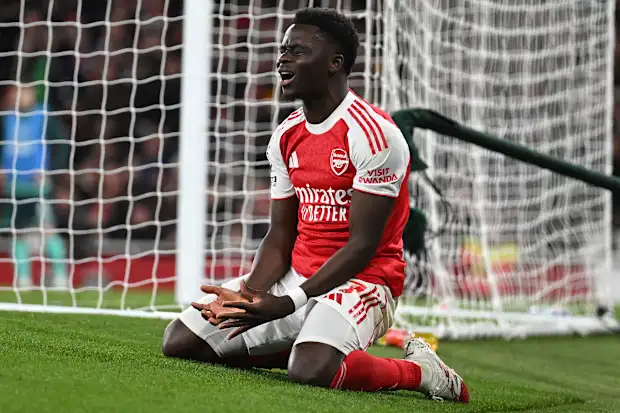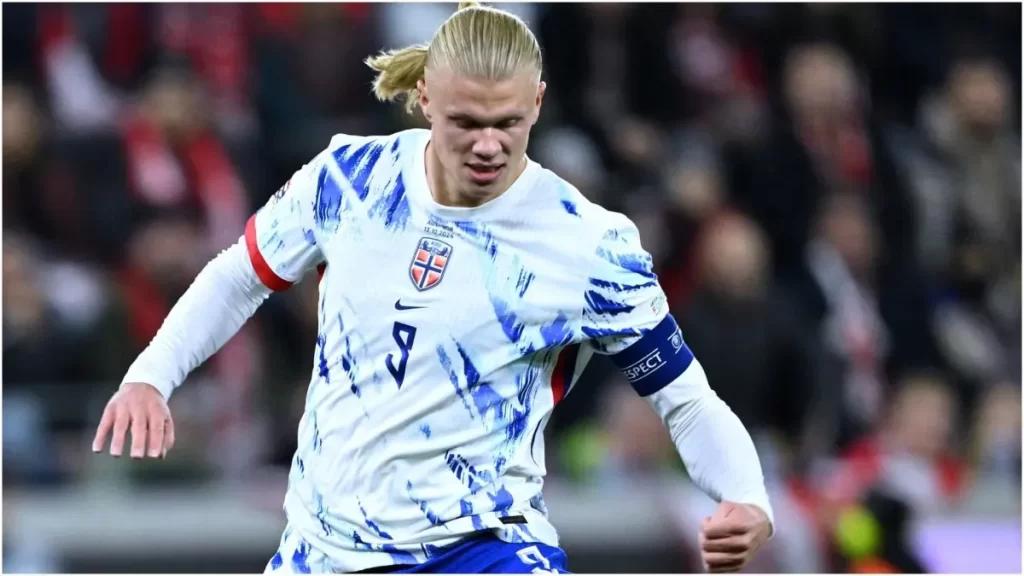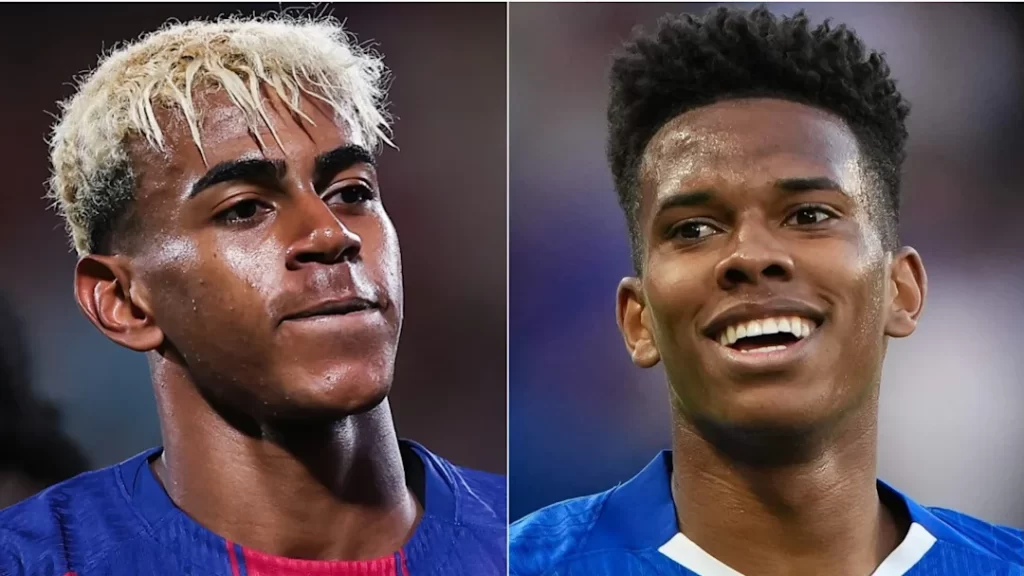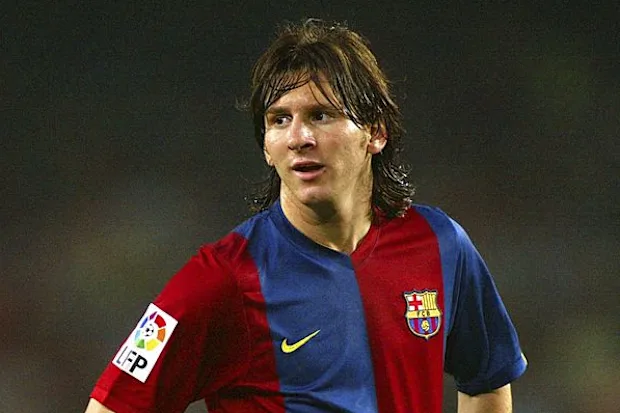Argentinarens förutsägelse för 2025 har nu avslöjats.

Många blev förvånade när Lionel Messi utsåg Lamine Yamal till världens tredje bästa spelare i sin röstning för FIFA The Best 2025. Genom att placera den unge talangen precis bakom Dembélé och Mbappé skickade Messi en tydlig signal om att tronskiftet i världsfotbollen redan är här. För fansen har erkännandet gett eko långt utanför röstningslokalerna; efterfrågan på en officiell Lamine yamal tröja har skjutit i höjden, särskilt sedan han fick ärva Messis ikoniska nummer 10 i Barcelona. Det är numera inte bara ett plagg, utan en symbol för den framtid som världens genom tiderna bäste spelare själv har välsignat.
Som en Barcelona-legend har Messi uppenbarligen en djup tillgivenhet för klubben och staden, så det var allmänt förväntat att han skulle gynna en Barça-spelare i årets FIFA-pris för bästa spelare. Ousmane Dembélé, som spelade tillsammans med Messi på Camp Nou 95 gånger, toppade föga förvånande inte bara Messis individuella röst utan vann också priset.
Vid tisdagens prisutdelning var Paris Saint-Germain-superstjärnan den obestridda största vinnaren, en passande belöning för den mest lysande säsongen i hans färgstarka karriär när de franska mästarna avslutade sin långa Champions League-torka.
Yamal kom tvåa totalt, men Messi valde Real Madrid-anfallaren Kylian Mbappé i sin egen omröstning. Bortsett från djupt rotade klubbrivaliteter var Barcelona-legenden tydligt imponerad av sin tidigare lagkamrats rekordbrytande debutsäsong i den spanska huvudstaden.
Messi spelade tillsammans med Mbappé i två säsonger i Paris Saint-Germain, där han berömt besegrade sin dåvarande lagkamrat i VM-finalen 2022. Efter VM skapade den argentinske landslagsspelaren kontrovers genom att klaga på det kalla mottagandet han fick i Paris. ”Vår relation är normal”, sa Messi avfärdande.
Messi kommer att rösta på FIFA:s utmärkelse för årets bästa fotbollsspelare 2025

Som lagkapten för Argentina har Messi rätt att rösta på tre herrpriser som delas ut vid FIFA:s prisutdelning för bästa spelare i Doha, Qatar. Priset för bästa herrspelare är inte det enda priset som visar Messis opartiskhet.
Bästa manliga spelare:
Ousmane Dembélé (Paris Saint-Germain, Frankrike)
Kylian Mbappé (Real Madrid, Frankrike)
Lamin Yamal (Barcelona, Spanien)
Bästa manliga tränare:
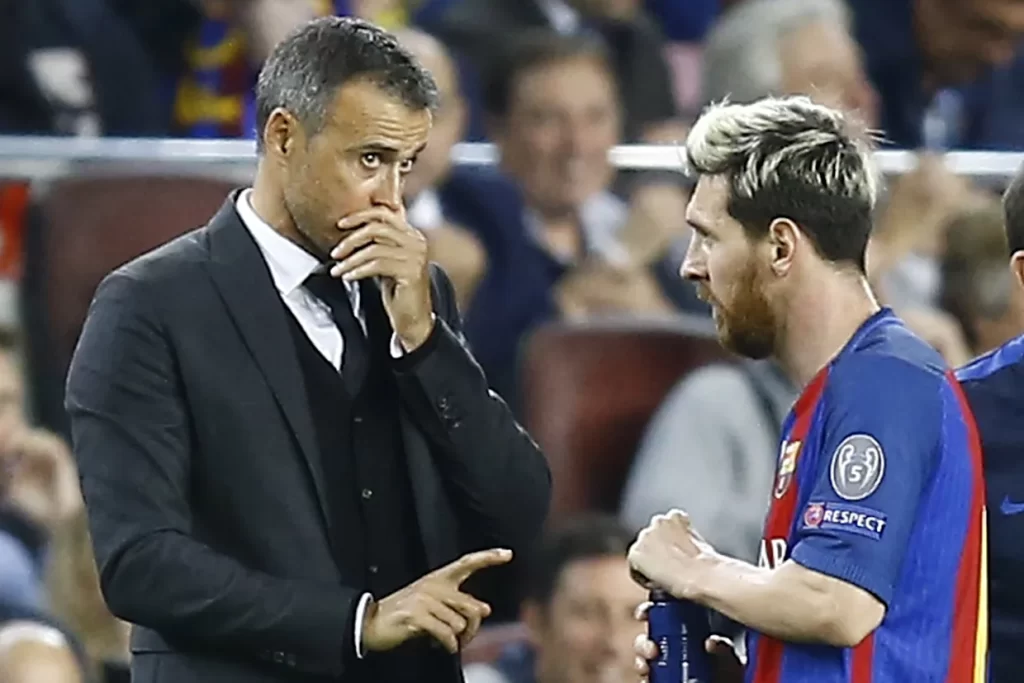
Luis Enrique (Paris Saint-Germain)
Han Flick (Barcelona)
Mike Arteta (Arsenal)
Även om Yamal bara är trea i Messis ranking, ledde hans tränare Hans Flick Barcelona till en inhemsk trea, vilket flyttade honom upp till andraplatsen. Liksom Dembélé valde Messi också en representant för Paris Saint-Germain med katalanska kopplingar: Luis Enrique.
Den frispråkige tränarens relation med Messi under deras tid tillsammans i Spanien var inte smidig. Halvvägs genom säsongen 2014-15 gjorde Enrique det exempellösa draget att bänka klubbens genom tiderna bästa målskytt, vilket utlöste omfattande spekulationer om att Messi hotade att sparka Enrique.
Oavsett vilka sprickor som fanns tidigare, lagades de med tiden, vilket slutligen ledde Barcelona till den europeiska trea.
Bästa manliga målvakt

Gianluigi Donnarumma (Paris Saint-Germain/Manchester City, Italien)
Emiliano Martínez (Aston Villa, Argentina)
Tibor Courtois (Real Madrid, Belgien)
Messi har offentligt hyllat Emiliano Martínez och hans straffskytteförmåga som nyckelfaktorer i Argentinas snabba framgångar i internationella tävlingar. Men trots ”Odjurets” (Messis ord) enastående prestationer räckte det slutligen bara till en andraplats. Han blev omsprungen av sin tidigare lagkamrat från Paris Saint-Germain – iklädd en Gianluigi Donnarumma troja klev italienaren fram som den officiella straffkungen efter sina avgörande räddningar i EM-finalen.



